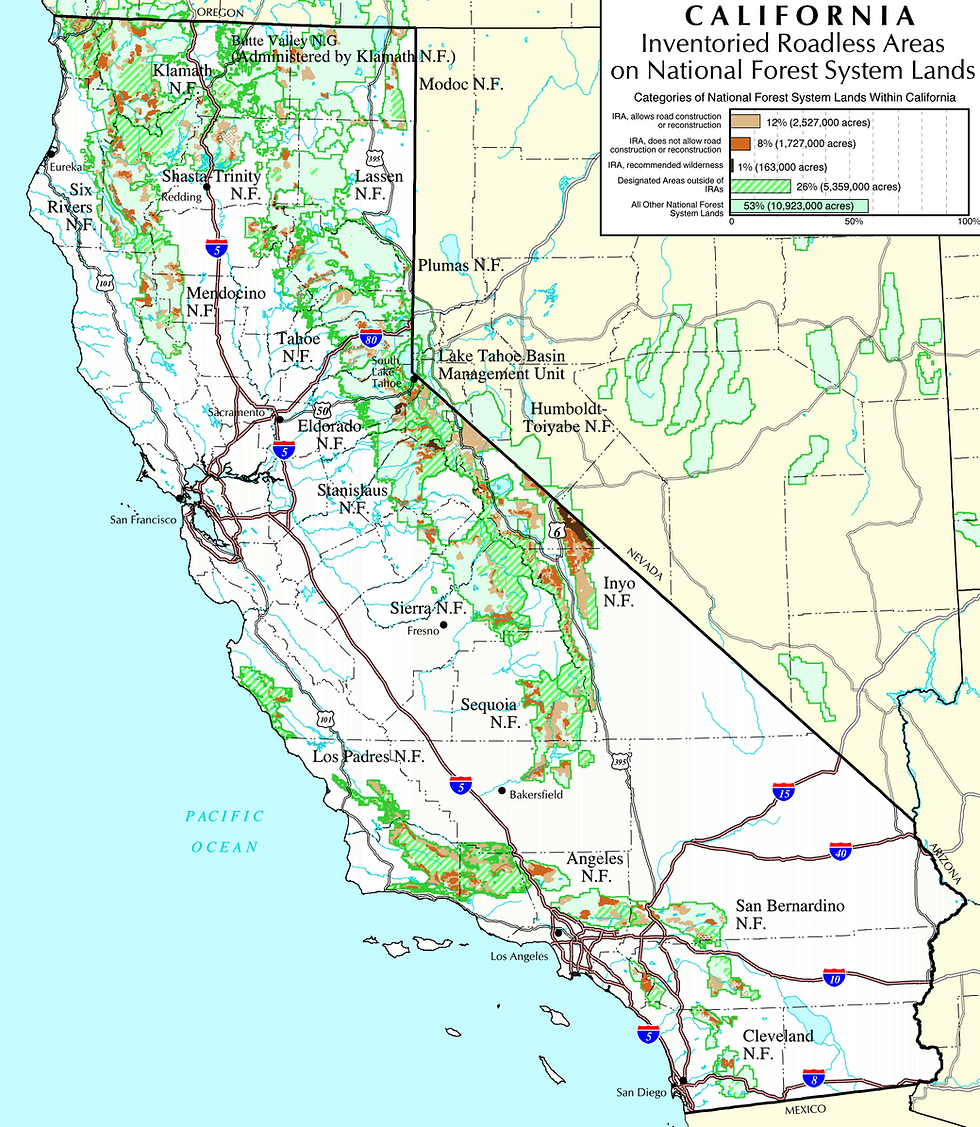Comment Period Extended for Statewide Spray Permit
- Nov 16, 2010
- 2 min read
Californians concerned about pollution and health hazards created by the use of chemical herbicides and pesticides have until December 16 to submit comments to the California State Waterboard on the little known spray application permit being considered by the agency. To submit comments online right now, please click here.
On November 2, while most people were consumed with the results of Election Day, the State Waterboard held a public hearing on whether to grant the US Forest Service and the California Food and Agriculture a “broad spray applications permit” that would make it easier for companies and agencies to apply pesticides and herbicides across California. The general permit would allow “pollution discharge” and would streamline regulations that currently inhibit widespread spraying across the state.
During the hearing, the Board officially extended the public comment period for an additional 30 days, until December 16. If granted, the permit would give preliminary approval for widespread spraying opportunities across the State of California, by pre-approving a pollutant-discharge into waterways. If taken, this step would allow operators to simply complete a short form as little more than a formality to dump pesticides into California’s rivers and streams.
“By allowing the large scale use of toxic chemicals across the state with less regulation, the Water Board is encouraging the widespread use of dangerous chemicals,” said Kimberly Baker, National Forest Advocate for Klamath Forest Alliance.
Toxic chemicals commonly known to consumers as Monsanto’s Round-up and Garlon 4 are included in the permit, and could be used across National Forests in addition to agricultural lands in stretching the entire length of the state. In addition, chemicals found in larvacides and adulticides known to cause reproductive harm to fish, amphibians and bees could be sprayed in biologically sensitive areas without additional public input or notification. Many chemicals included in the permit are known to be “highly mobile”–and in aquatic environments are likely to drift into unintended waterways, causing harm to a region much larger than the actual spray area.
“We won’t even know where, when or how much of these dangerous chemicals will be applied to the landscape if this permit is approved,” said Kerul Dyer, of the Environmental Protection Information Center. “People, animals, fish and other species could face serious health risks, not to mention the health of the watersheds.”
In addition to environmental concerns, th
e dangers to human health have gone largely untested for many of these chemicals, according to the Pesticide Action Network database, a “one-stop site for pesticide toxicity and regulatory information” available online at www.pesticideinfo.org. Although preliminary studies related to chemicals listed in the permit include “suspected carcinogens that can cause chromosomal aberrations, DNA breaks, and other genetic mutations,” no mechanisms to protect human health and safety are in place. Farmworkers and other agricultural workers could face even more serious risks by exposure to the chemicals and their residues.
“It is essential that the public weigh in, not only to voice their concerns for the fish, wildlife and biological values across our National Forests,” said Baker, “but for human health across our food producing, agricultural state of California.”
In addition to immediate threats to life caused by the spraying, granting the permit would also likely weaken the enforcement ability of the Clean Water Act, a law commonly used by community groups to stop companies from dumping toxic waste into waterways.
We have created a sample letter, and one click action here to submit comments!
Letters may also be submitted to the Clerk to the State Water Board via email at: commentletters@waterboards.ca.gov (if less than 15 megabytes in total size) or by fax at (916) 341-5620. Please indicate in the subject line: “Comment Letter – Draft Spray Applications Permit”.





Comments